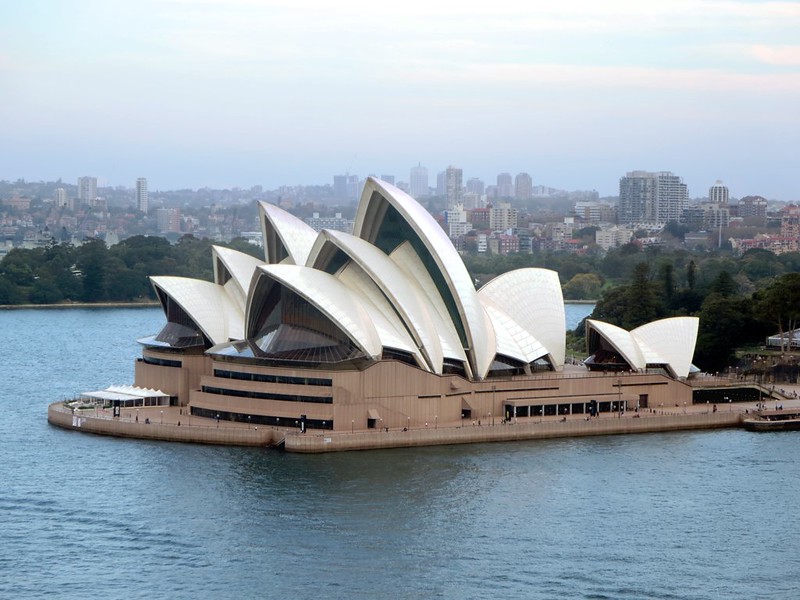Australia is known for its unusual nature and wildlife, yet one of its most recognizable cultural symbols is the Sydney Opera House. The structure was opened in 1973 and serves as one of the main tourist destinations attracting millions of visitors each year (The Sydney Opera House, 2019). It is interesting to analyze it according to the “Five Themes of Geography,” to understand its surroundings and broader geographical context better.

Use
The building has three stages that are used primarily as venues for staging plays, concerts, ballet, and opera events. Some space is allocated to the conference rooms that can be rented by businesses to hold meetings, seminars, and even dinners. There are also various cafes, restaurants, and shops, that are open for the general public to visit, as well as an opportunity to book a guided tour around the opera house premises.
Location
The Sydney Opera House’s address is Bennelong Point, Sydney NSW 2000, and its absolute location is 33° 51′ 22.1724” S and 151° 12′ 54.9216” E. The building is 148 miles away from Canberra, the country’s capital, and is 1372 miles away from Wellington, the capital of Australia’s closest neighbor, New Zealand. Its location relative to other significant opera houses of the world is the following: 10,553 miles to the Royal Opera and 9,943 to the Metropolitan Opera.
Description
The building is located in Sydney Harbour, which is famous for its ferry cruises that provide an opportunity to view the arch-based Sydney Harbour Bridge. The urban setting around the Opera gradually transitions into the Sydney Harbour National Park, which protects several islands, has Aboriginal sites and picnic areas and is home to native wildlife. There is a variety of restaurants in the building’s vicinity, yet, Quay is the most notable among them, as it offers a wide assortment of wines and foods produced in the region.
Human-environment interaction
Australia has a major problem concerning the bushfires that continue to happen every year and inflict considerable damage to the country’s infrastructure and environment. Many argue that one of the factors that contribute to the fires is human-caused climate change (Thompson, 2020). Australia’s economy depends on natural resources, and its mining industry is largely responsible for the country’s deforestation problem. The extractive activity is also conducive to air, land, and water pollution, which hurts the environment.
Movement
There are many international communities in Sydney that broaden the city’s cultural context, the most significant of them is the Chinese one. Immigration from China to Sydney was already registered at the beginning of the 18th century, eventually, it led to the creation of Chinatown, an ethnic enclave in the city’s southern part. Apart from Chinese architecture and street signs written in two languages, there is the Chinese Garden of Friendship, which acts as a place for community gatherings.
Region
Australia and New Zealand form together a vernacular region called Australasia, which is used to denote geopolitical, geographical, economic, and ecological similarities between the two countries (Google, n.d.). Both countries have developed economies that rely on natural resources, moreover, the term “Australasia” was once used as a name for sports teams that comprised players of the two countries. Other islands of the South Pacific are also often included in Australasia to stress that there are common features regarding flora and fauna of the region.
The Sydney Opera House is a place that annually hosts a great number of events and is placed in an area that has impressive locations. Sydney is a multicultural city that has many international communities living together, one of the most notable of them is the Chinese one. Australia has an economy based on natural resources, which hurts its environment. The country is also part of Australasia, a region that also includes New Zealand and the island of the South Pacific.
References
Google. (n.d.). [Google map of Australasia]. 2020, Web.
Stanley, D. (2016). Sydney opera house [Online image]. Flickr. Web.
The Sydney Opera House. 2018-2019 financial year annual report. Web.
Thompson, A. (2020). Yes, climate change did influence Australia’s unprecedented bushfires. Scientific American. Web.